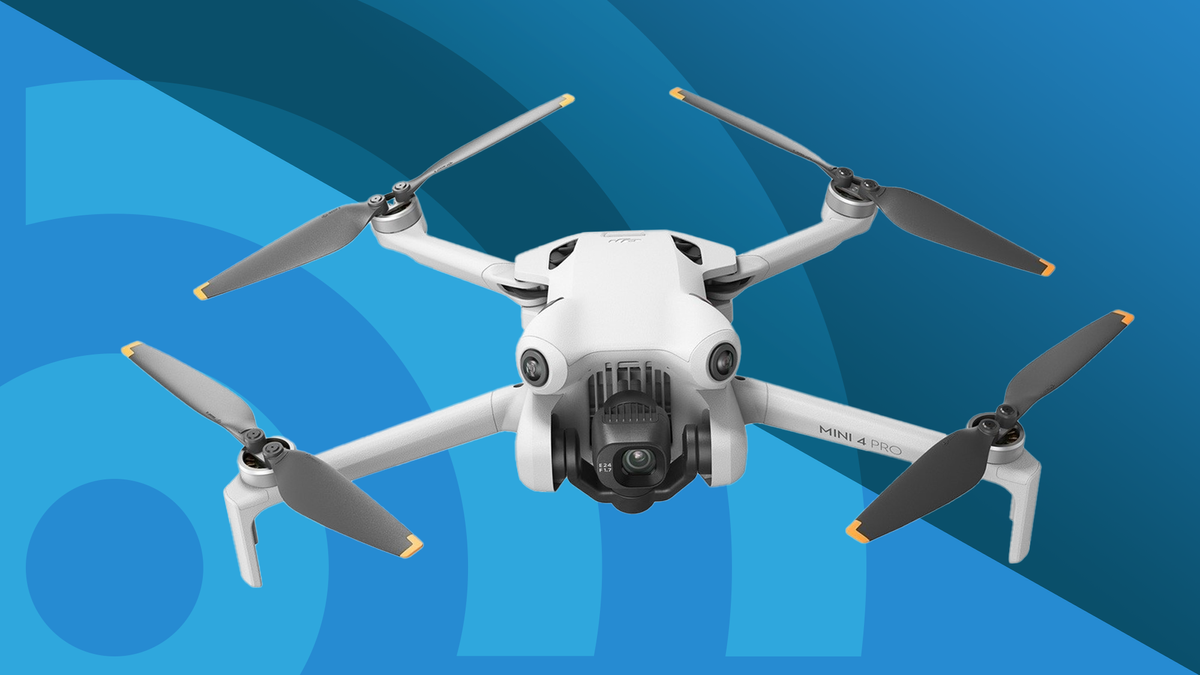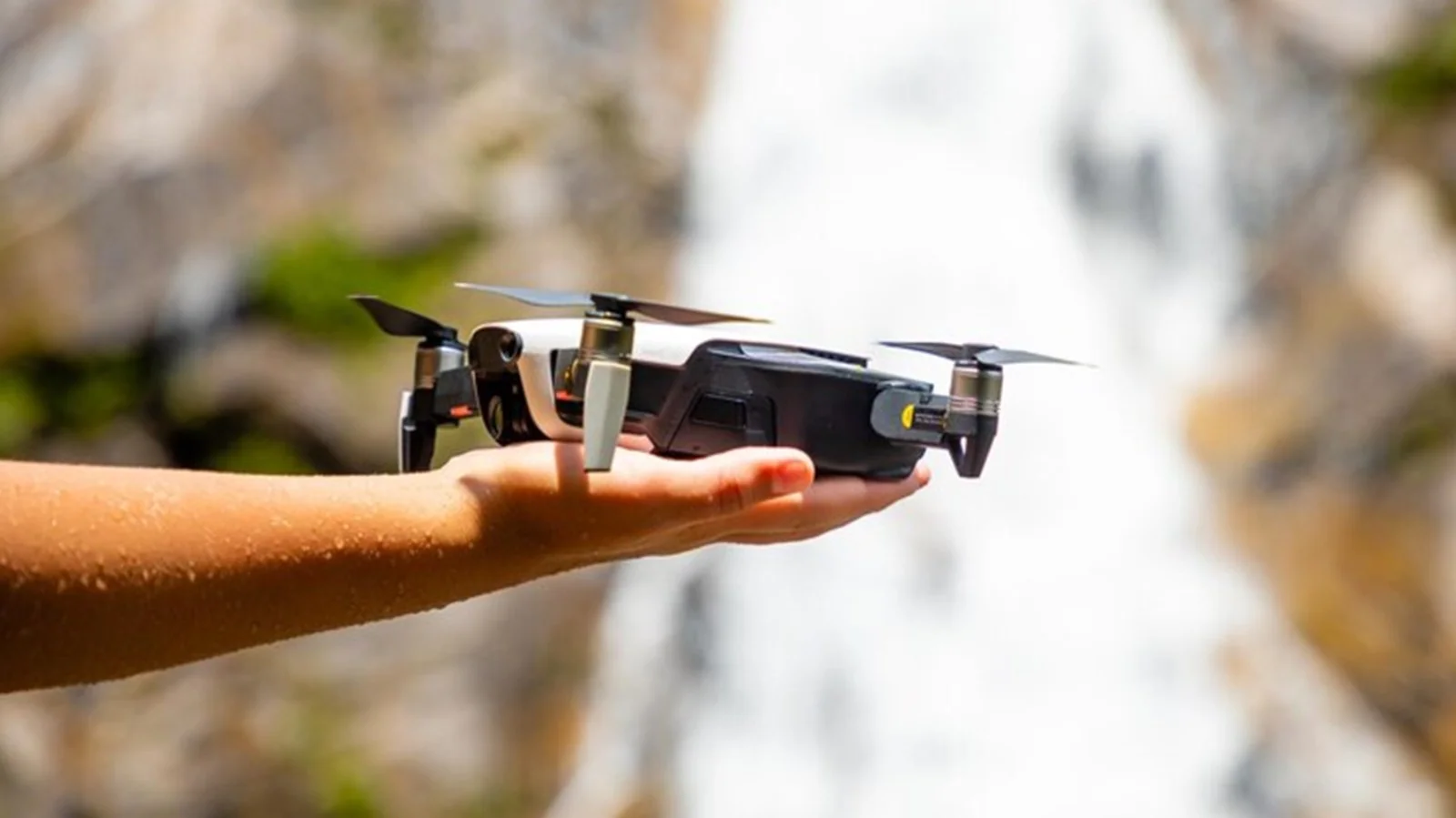In the realm of photography, innovation knows no bounds. Aerial High Dynamic Range (HDR) imaging is a cutting-edge technique that has taken the world of visual storytelling to new heights – quite literally.
This article delves into the captivating world of aerial HDR imaging, providing an in-depth understanding of what it entails, how it works, and the remarkable advantages it offers to photographers and enthusiasts.
Deciphering Aerial HDR Imaging
Aerial HDR imaging is the seamless fusion of two remarkable elements – the breathtaking vistas accessible through aerial perspectives and the advanced HDR technology that unlocks the full range of light and shadow.
This combination results in images that are not only visually captivating but also rich in detail and depth.
The Mechanics Behind Aerial HDR Imaging
The process of creating mesmerizing HDR images from aerial vantage points involves several key components:
a. Specialized Cameras: Drones or aircraft equipped with specialized cameras designed for HDR imaging are employed. These cameras capture multiple exposures of the same scene, ranging from underexposed to overexposed, to cover the full spectrum of light.
b. Post-Processing Magic: In post-processing, software tools merge these diverse exposures to create a single, breathtaking HDR image. This process enhances dynamic range, revealing intricate details and a vivid color palette.
Advantages of Aerial HDR Imaging
a. Stunning Visual Impact: Aerial HDR imaging produces visuals that are nothing short of extraordinary, boasting rich colors, intricate textures, and stunning details, all bathed in captivating light.
b. Creative Freedom: With the ability to explore unique angles and perspectives from above, photographers can unleash their creativity and capture awe-inspiring shots that were once beyond reach.
c. Versatility: Aerial HDR imaging is a versatile technique suitable for a wide range of applications, from showcasing natural landscapes to inspecting infrastructure and surveying land.
d. Elevated Quality: The HDR process reduces noise, improves contrast, and sharpens images, significantly raising the overall quality of aerial content.
e. Competitive Edge: In a world where visual content reigns supreme, embracing this innovative technique sets photographers and content creators apart, attracting wider audiences.
Tips to Excel in Aerial HDR Imaging
a. Master Your Equipment: Familiarize yourself with the capabilities and settings of your equipment, be it a drone or an aircraft, to maximize the potential of aerial HDR imaging.
b. Lighting Awareness: Pay keen attention to lighting conditions, as well-lit scenes tend to yield the most breathtaking results in HDR imaging.
c. Explore Creativity: Experiment with HDR settings and composition possibilities to craft unique and captivating visuals.
d. Post-Processing Fineness: Invest time in post-processing to fine-tune your HDR images and achieve the desired look and quality.
Conclusion
Aerial HDR imaging is a game-changing technique that offers a fresh perspective and unlocks new dimensions in the world of visual storytelling.
Whether you’re a professional photographer seeking to expand your portfolio or an enthusiast with an eye for the extraordinary, this technique opens up a world of creative possibilities.
As technology continues to advance, anticipate even more exciting innovations in the realm of aerial HDR imaging.
So, take to the skies, explore the extraordinary, and immerse yourself in the limitless potential of this awe-inspiring technique.









Leave a Reply